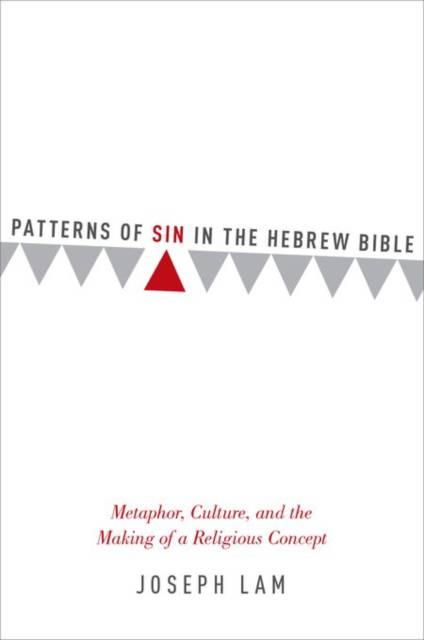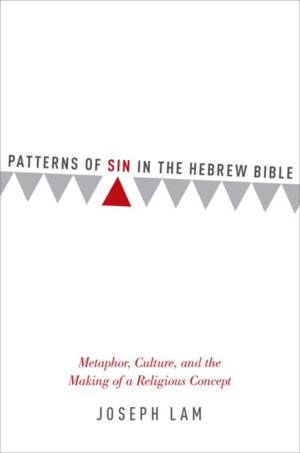
- Afhalen na 1 uur in een winkel met voorraad
- Gratis thuislevering in België vanaf € 30
- Ruim aanbod met 7 miljoen producten
- Afhalen na 1 uur in een winkel met voorraad
- Gratis thuislevering in België vanaf € 30
- Ruim aanbod met 7 miljoen producten
Zoeken
Patterns of Sin in the Hebrew Bible
Metaphor, Culture, and the Making of a Religious Concept
Lam
Hardcover | Engels
€ 140,95
+ 281 punten
Omschrijving
Sin, often defined as a violation of divine will, remains a crucial idea in contemporary moral and religious discourse. However, the apparent familiarity of the concept obscures its origins within the history of Western religious thought. Joseph Lam examines a watershed moment in the development of sin as an idea-namely, within the language and culture of ancient Israel-by examining the primary metaphors used for sin in the Hebrew Bible. Drawing from contemporary theoretical insights coming out of linguistics and philosophy of language, this book identifies four patterns of metaphor that pervade the biblical texts: sin as burden, sin as an account, sin as path or direction, and sin as stain or impurity. In exploring the permutations of these metaphors and their development within the biblical corpus, Patterns of Sin in the Hebrew Bible offers a compelling account of how a religious and theological concept emerges out of the everyday thought-world of ancient Israel, while breaking
new ground in its approach to metaphor in ancient texts. Far from being a timeless, stable concept, sin becomes intelligible only when situated in the matrix of ancient Israelite culture. In other words, sin is not as simple as it might seem.
new ground in its approach to metaphor in ancient texts. Far from being a timeless, stable concept, sin becomes intelligible only when situated in the matrix of ancient Israelite culture. In other words, sin is not as simple as it might seem.
Alleen bij Standaard Boekhandel
+ 281 punten op je klantenkaart van Standaard Boekhandel
Beoordelingen
We publiceren alleen reviews die voldoen aan de voorwaarden voor reviews. Bekijk onze voorwaarden voor reviews.












